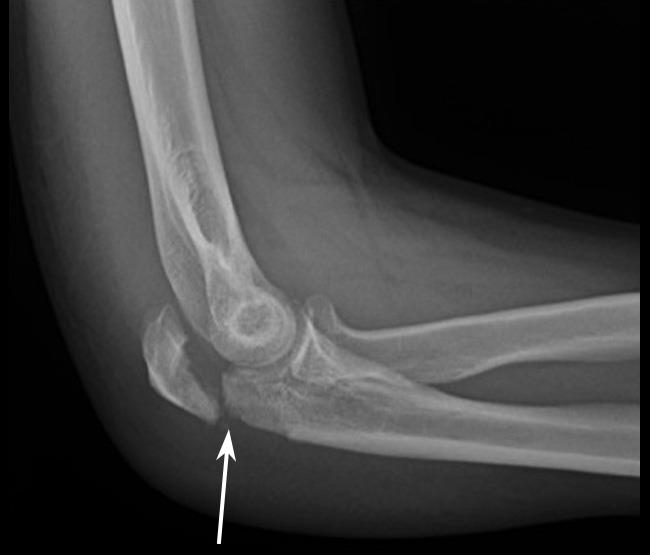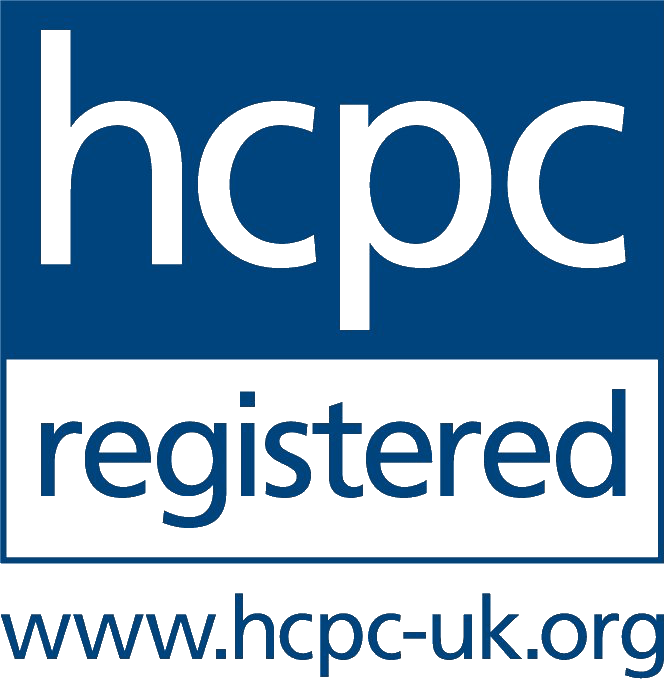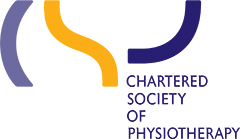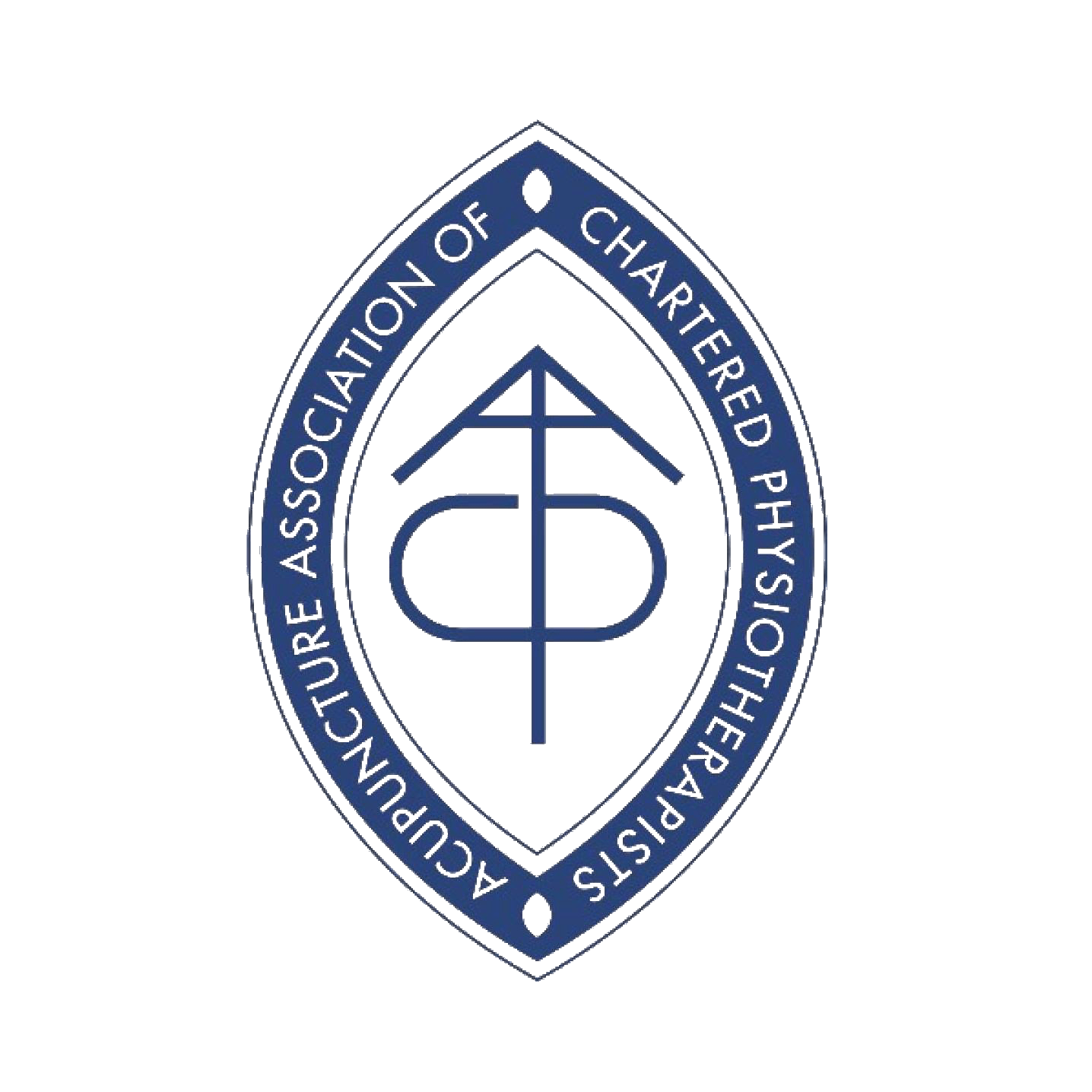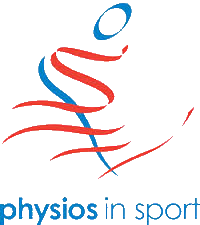Elbow Pain
The elbow is a hinge type joint that is formed of the humerus (the bone of the upper arm), the radius and the ulna. Together they form three articulations at the elbow:
- The humeroulna joint
- The humeroradial joint
- The radioulna joint
The main muscles that act on the joint to create movement is the biceps brachii, the coracobrachialis, brachialis and brachioradilis. There are the supinator and pronator muscles that create the movement of turning the palm of the hand upwards and downwards.
On the outside of the elbow joint there are two bony landmarks which provide attachments for the wrist extensor muscles (on the outside) and the wrist flexor muscles (on the inside). People presenting with either tennis or golfer's elbow will report painful symptoms on the outside and inside of the elbow respectively.
Vascular supply and nerves pass around the elbow at different points as they make passage towards the forearm and into the hand and as they pass through this area they can be at risk for injury (hitting your 'funny bone' is actually hitting your ulna nerve, situated on the inside of your elbow).
Lastly, like any body part, the joint can be at risk of a fracture, particularly when the natural reaction when we fall is to put our hands out. As a result of immobilisation following an injury, the tissues can become stiff and range of movement reduced and therefore early rehabilitation is crucial.






